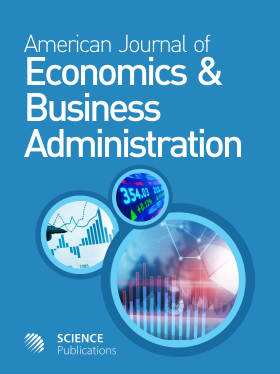How Can the Public Monitor Monetary Policy?
- 1 Hiroshima University, Japan
Abstract
On August 11, 2000, the Bank of Japan made one of the most controversial decisions in the history of monetary policy when it ended its zero-interest-rate policy and increased the overnight rate to 0.25%. This paper aims to examine whether or not this decision to terminate the zero-interest-rate policy was premature. In this study, I argue that this decision by the Bank of Japan to tighten monetary policy in 2000 was unreasonable as there still remained a great deal of slack in the economy and inflation was not far from its target. On reading the minutes of the Monetary Policy Meeting of August 11, 2000, I observe that some arguments for tightening monetary policy seem to confuse rates of change and levels.
DOI: https://doi.org/10.3844/ajebasp.2017.38.46

- 6,899 Views
- 2,879 Downloads
- 0 Citations
Download
Keywords
- Monetary Policy
- Forecast Targeting
- Inflation Targeting
- Bank of Japan
- JEL Codes: E52, E58
